Projects & Architectures
Lloyd Decker & Steven Zeil
A Software Architecture is a collection of decisions that apply globally across the entire set of subsystems of a large project.
1 Perspective
1.1 Consider Design…
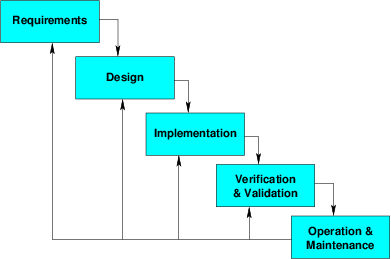
… back in the “gold old days” of WaterFall.
A classic division would be
- High level design
-
Dividing the system into modules.
-
- Low-Level Design
- Selecting the data structures and algorithms for a specific module.
1.2 Too Many Cooks…

The High/Low division suggests that once high-level design is completed, different developers can work in complete independence.
- Things are rarely that simple.
- Some decisions need to be shared.
1.2.1 An Alternate Breakdown of Design
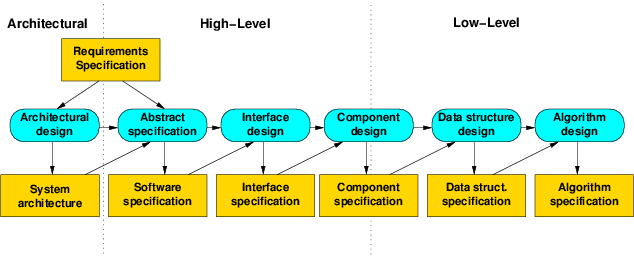
- The diagram here suggests a fairly document-heavy process typical of Waterfall.
1.3 Architectural Design
The collection of decisions that need to be common to all components.
Examples of architectural design decisions would be
- Will the system run on a single machine or be distributed over multiple CPUs?
- Will outputs be stored in a file or in a database?
- How will run-time errors be handled?
Even as process models other than Waterfall have become more common, the importance of architectural design has remained.
1.4 Towards Incremental Processes
1.4.1 Iterative Development

-
“Iterative” means that we can re-visit decisions, design, and code produced in earlier iterative steps.
-
“Incremental” means that each iteration produces a small unit of additional functional behavior.
- Something that can be demonstrated.
- Something that works now, but wasn’t working before.
We don’t try to build major subsystems of the project in a single pass.
-
This often requires a more “vertical” view in which we implement a bit of high level control code and pieces of related low-level code.
-
As opposed to the “horizontal” approach of working “bottom up” and implementing the low-level ADTS, then the code that calls, upon them, then …, ending with the top-level interface of the whole program.
-
Or the “horizontal” approach of working “top down” and implementing the most abstract code (the GUI or command-line interfaces), then functions that they call, then the … ending with the lowest-level ADTS that don’t call on anything else.
1.4.2 Keeping Iterative Development on Track
-
How do we avoid "painting yourself into a corner?
-
We need a “signpost” - non-local information.
-
Even in incremental development, that’s the role of architecture.
2 Software Architecture
2.1 Dimensions of Software Architecture
- Primary Interface
- Deployment
- Error handling
- Data Storage
- Modular structure
This is my own listing – I have not seen this notion of dimensions addressed elsewhere.
2.1.1 Primary Interface
- CLI
- Protocol
- GUI
- Application
- Web-based
- API (library)
2.1.2 Deployment
- Single machine
- Distributed
2.1.3 Error Handling
- Throwing exceptions or shut down,
- console or pop-up messages
- logging
2.1.4 Data Storage
- Centralized or distributed
- database or files
2.1.5 Modular structure
- Which modules are allowed to interact with which other modules?
- What limitations are placed on dependencies between modules?
3 Common Architectural Patterns
3.1 Pipes & Filters
a.k.a. Data Flow models
dimensions: modular structure (but not deployment)
- System is described as a graph of components passing data to one another.
3.1.1 Example: Compilers
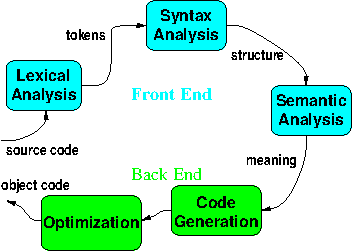
3.1.2 Example: Extract
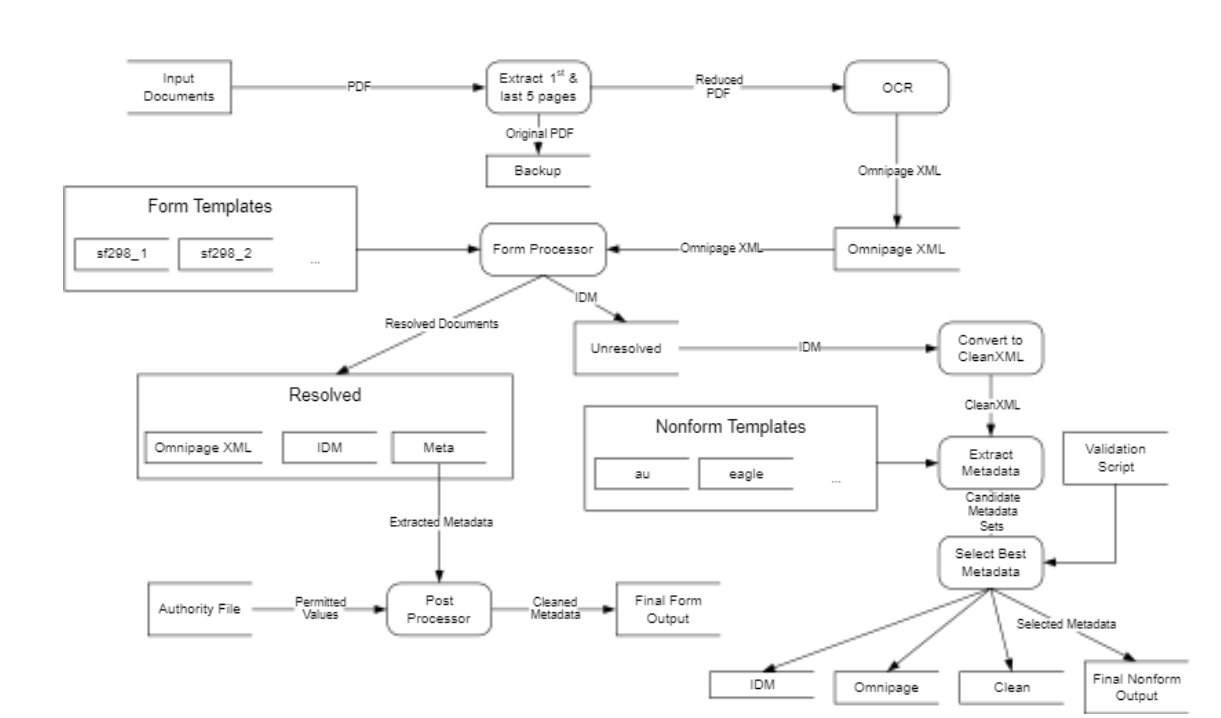
Extract (Maly, Zeil, Zubair, 2005-2010) was a system for extracting metadata from PDF documents submitted to the Defense Technical Information Center, NASA, and the US Government Printing Office.
3.2 Blackboard
dimensions: storage
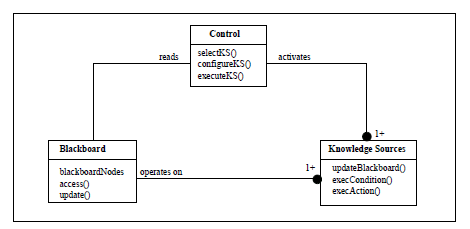
The blackboard architecture was popular for A.I. projects and expert systems.
-
e.g., Hearsay-II, an early speech recognition system
-
It focuses on a collection of independent processes coupled though a monolithic storage system whose internal structure is discovered during development.
3.2.1 Example: UIMA/Watson
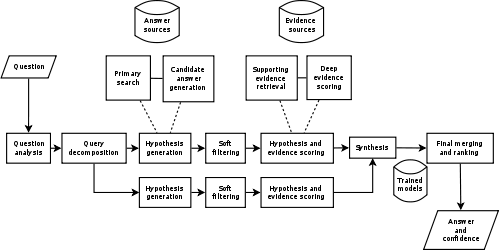
- A derivative is the Unstructured Information Management Architecture, used in the IBM Watson project, which combines a pipeline of modules with an unstructured blackboard.
3.3 Layered Abstract Machines
dimensions: modularity
- Functionality divided into layers
- Each layer calls upon services provided only by the layer beneath and provides services to the layer above
3.3.1 Example: Every Operating System Textbook Ever Written
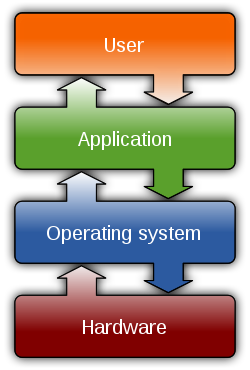
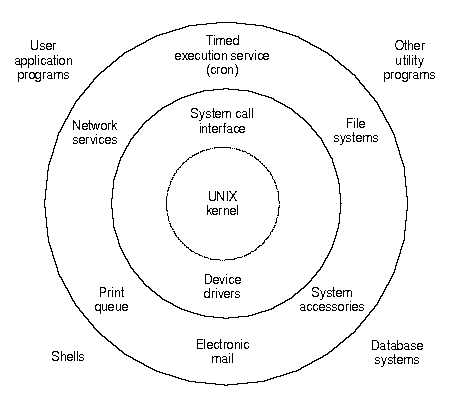
3.4 N-Tier Architectures
dimensions: modularity, deployment
Similar to Layered Abstract Machines, but
-
each layer is independent of the others.
-
e.g., a client-server system is a 2-tier architecture
3.5 Distributed Peer-to-Peer
dimensions: deployment, interface
A general graph of independent processes joined by a common protocol for communication.
3.6 MVC
Model-View-Controller
dimensions: modularity, interface
An approach to organizing programs featuring a GUI

- Separate the system into 3 subsystems
- Model: the “real” data managed by the program
- View: portrayal of the model
- updated as the data changes
- Controller: input & interaction handlers
3.6.1 MVC Interactions
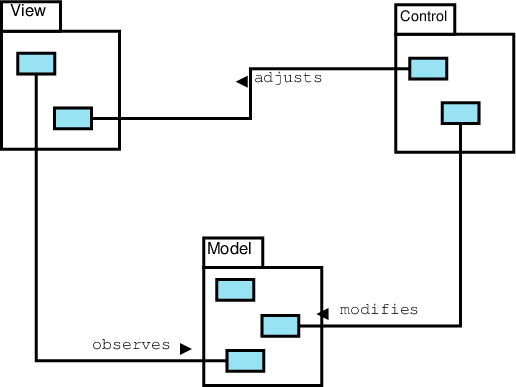
- The Model has no dependencies upon the View or Controller and cannot initiate interactions with either.
- The View can examine the Model – necessary in order to render a visible presentation of the model state
- The View has no dependencies upon the Controller and cannot initiate interactions with it.
- The Controller can examine and alter the Model (e.g., permitting data entry) and the View (e.g., scrolling, paging, zooming)
This pattern has many advantages.
- GUI code is hard to test. Keeping the core data independent of the GUI means we can test it using unit or similar “easy” techniques.
- We can also change the GUI entirely without altering the core classes.
- Separating the control code means that we can test the view by driving it from a custom Control that simply issues a pre-scripted set of calls on the view and model classes
3.7 Micro-Services
dimensions: deployment, interface
“A suite of small services, each running in its own process and communicating with lightweight mechanisms, often an HTTP resource API.” (Martin Fowler)
-
Idea is to keep each service relatively small and specialized. “Do one thing and do it well” (Krause)
-
Because each service is an independent program, may internally employ other architectural patterns.


